Spotlight on… Bone China

‘Bone china’ is a description we’re probably all familiar with, but can we explain what it actually is and what makes it so special? Here, we delve into the history of bone china to explore why this whitest of white china is so strong, and so highly prized.
What makes up bona china?
A combination of porcelain china and bone ash (which is made from animal bones) make up bone china, a very fine, seemingly delicate material with translucent beauty. It’s a china that, as children, we were perhaps told to “handle carefully”. Interestingly, though, this lightweight and highly desired china is the strongest material of the porcelain and china ceramics – something that will last for decades.
We love the detail in this extract from Spode's guide to bone china taken from a Copeland & Thompson Inc handbook crica 1940.
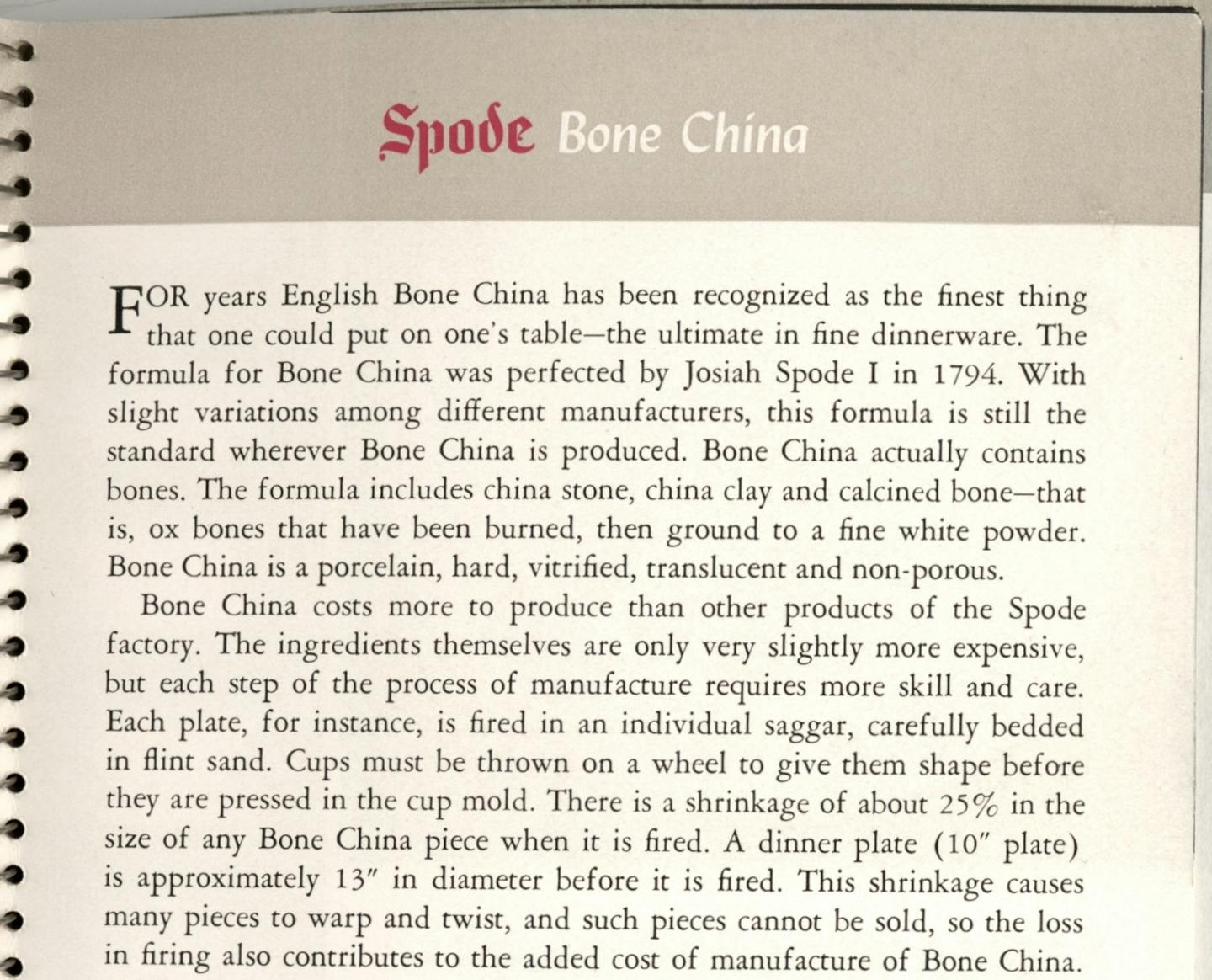
Over the years
So, who led the way with this innovative material?
It was at an East London porcelain factory that Thomas Frye took up the idea of using bone ash to strengthen porcelain in 1748. Being located close to cattle markets and slaughterhouses provided him with easy access to the bones needed to create what he called ‘fine porcelain’.
Move on a couple of decades and it was a young Josiah Spode I who further developed this concept, creating the single most important development in the history of English pottery. Originally stamped as ‘Stoke China’, it was then renamed ‘bone china’ – a name it has retained until this day. This special material carried the Spode name, along the reputation of British ceramics, around the world, setting the standard for durable yet beautiful tableware.
Fleur de Lys Gold is a classic Spode bone china design that dates back to the 1850s, with its elegant design that relies on the exquisite combination of gold on white to form a lacy tracery around each piece. Spode Colonel – Blue also uses the fineness of bone china to enhance its fluted design, patterned with elegant blue and gold.
Inspired by the growing popularity of this material, many pottery manufacturers across Britain – including Coalport with its Revelry Blue and Ming Rose, and Royal Albert with Brigadoon and Tranquillity – developed their own collections, continuing the theme of fluting and gilding to enhance the features of the delicate and translucent bone china.
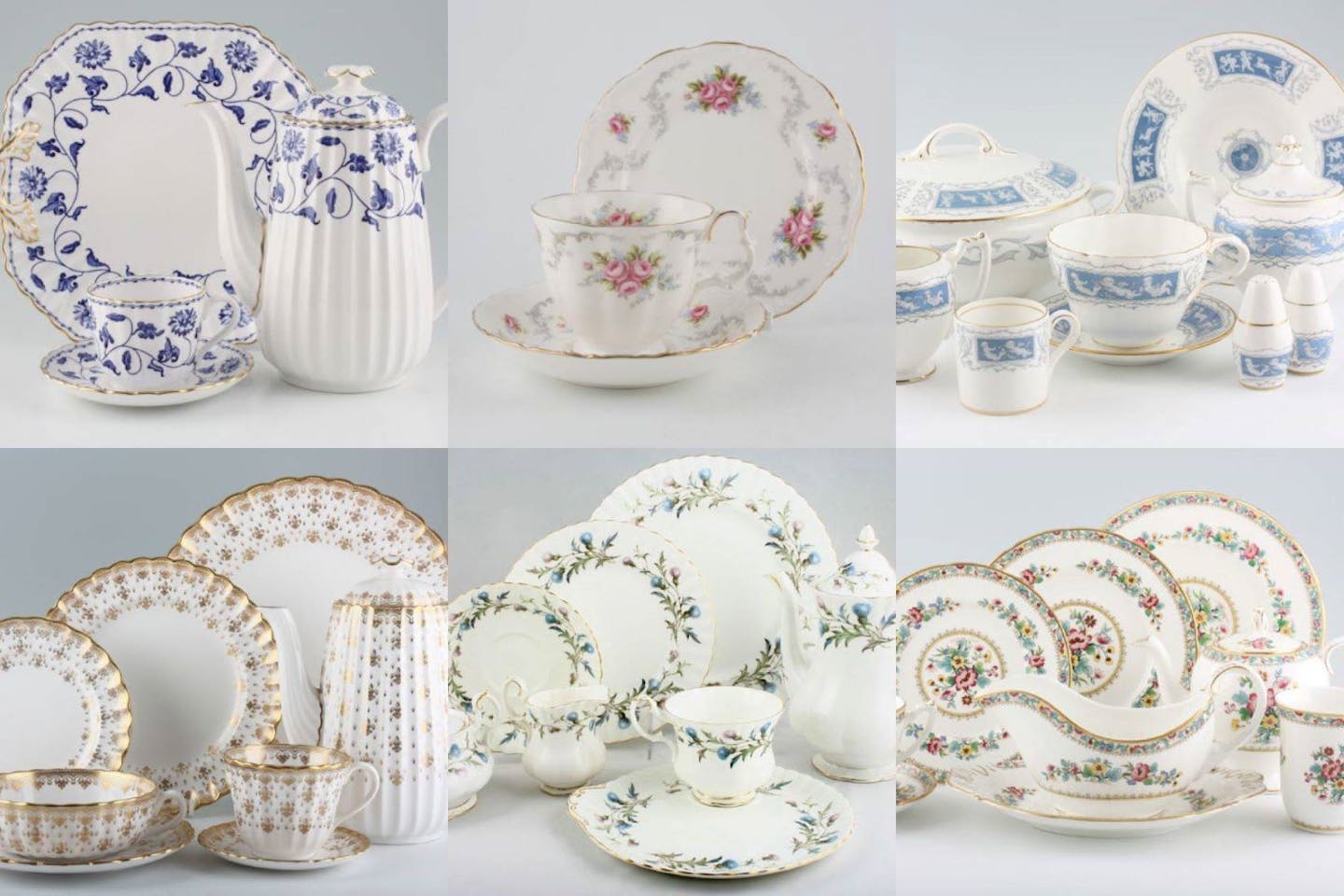
Modern-day bone china
What made bone china so attractive and desirable in the 18th century still has strong appeal today, whether used for special occasion tableware, everyday collections, or gift items. Many manufacturers still adhere to the detailed processes and production methods to ensure the whitest, strongest and most refined bone china they can produce.
We love Noritake Odessa Gold for its bold gilding that accentuates the fineness of bone china, and this updated take on Royal Albert’s Country Roses Pink – a new twist that sees the statement signature floral pattern sit atop a stunning pink backdrop. Contrast this with Wedgwood Gio and Royal Worcester Serendipity, which both use the impressive white finish of bone china as the design’s standout feature.
And for the perfect bone china gift, take a look at the ever-expanding Wrendale Designs from Royal Worcester. You can choose from fabulous mugs, tea sets, cutlery and much more, all featuring countryside animal designs.
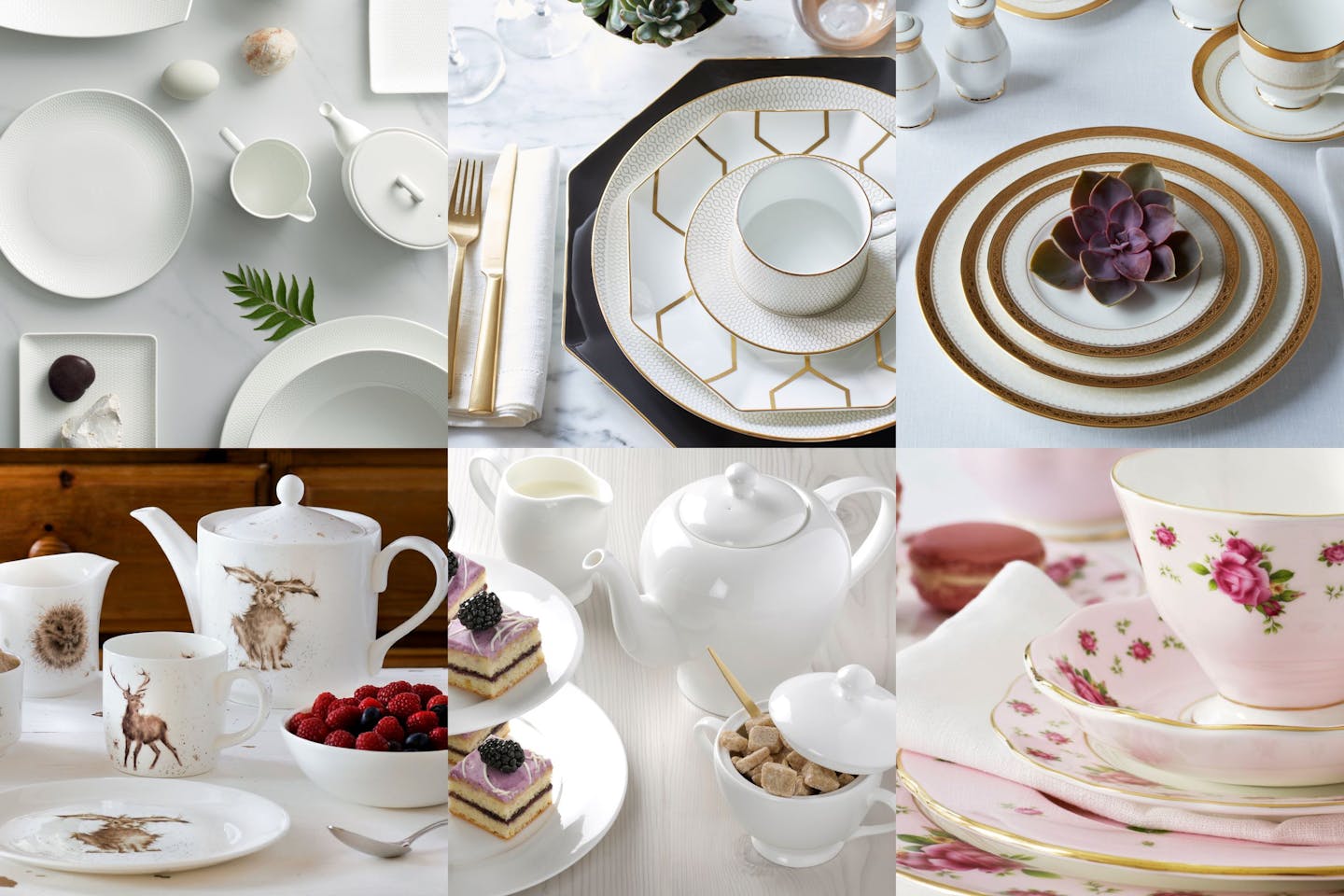
Whether you’ve been brought up to “be careful!” when handling bone china or to fully enjoy its splendour, nothing really beats it for beauty, strength and versatility. Take a look at Chinasearch’s bone china collections in our Replacement China or New Tableware sections.

Replacement Bone China
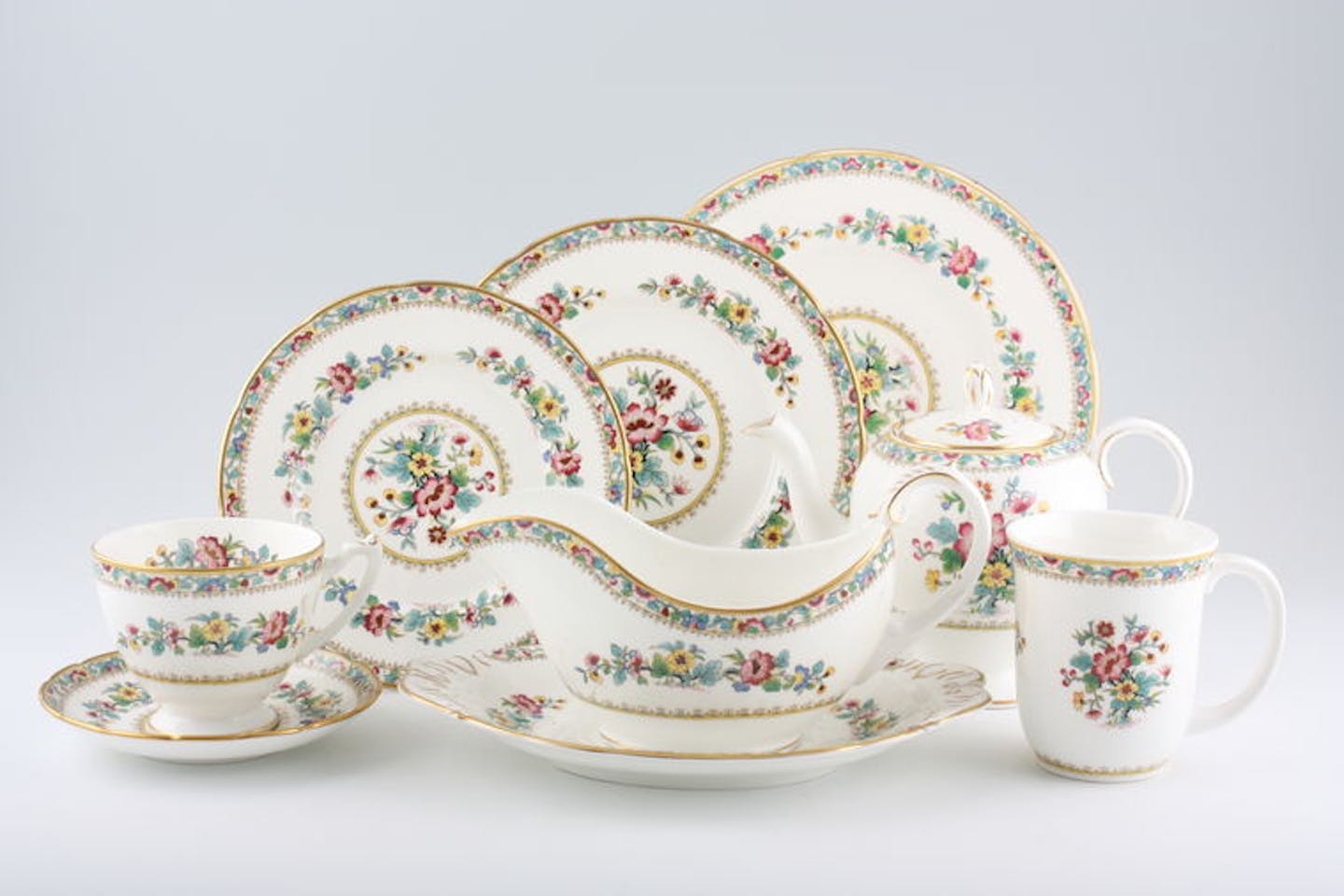
Coalport Ming Rose
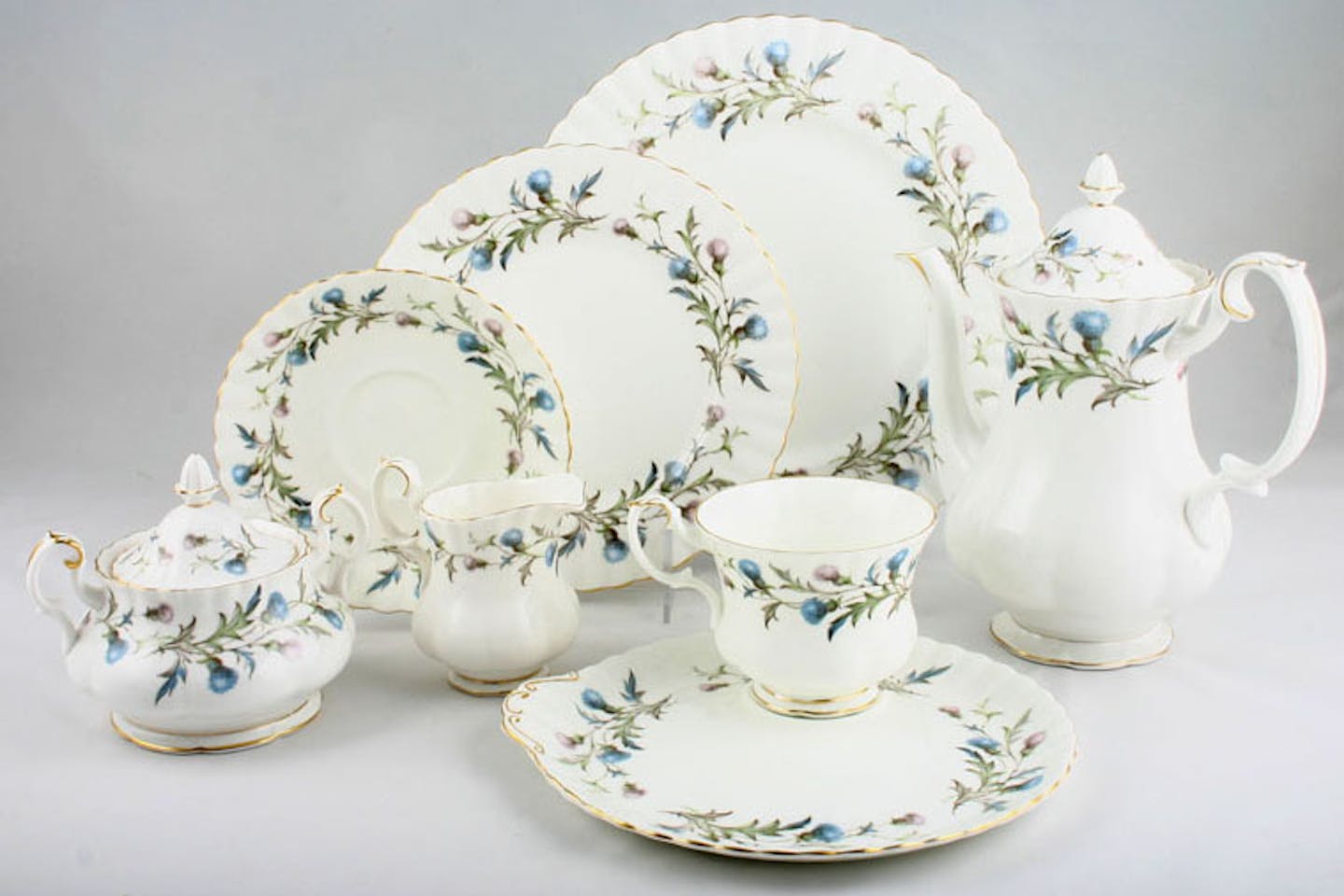
Royal Albert Brigadoon
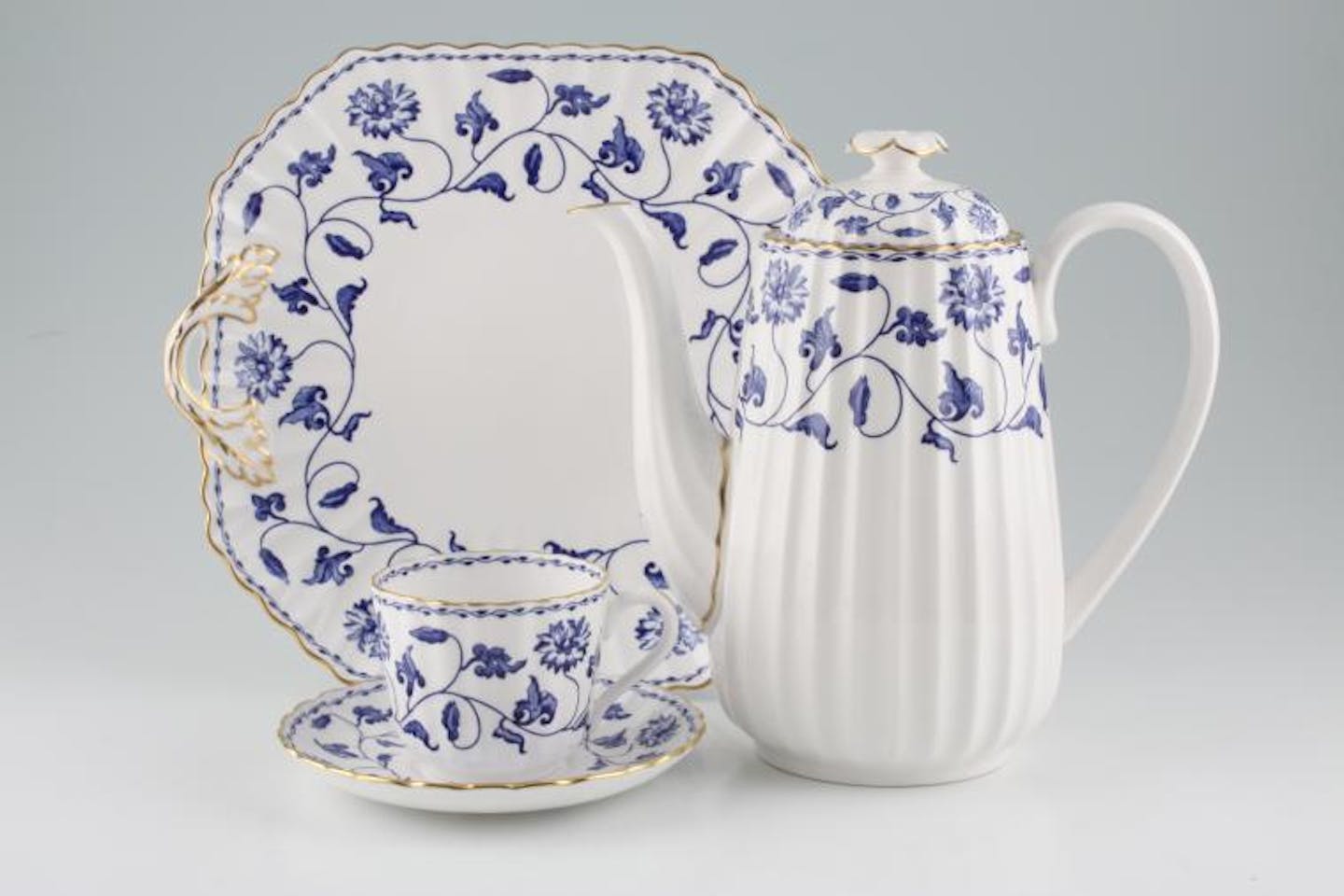
Spode Colonel - Blue - Y6235
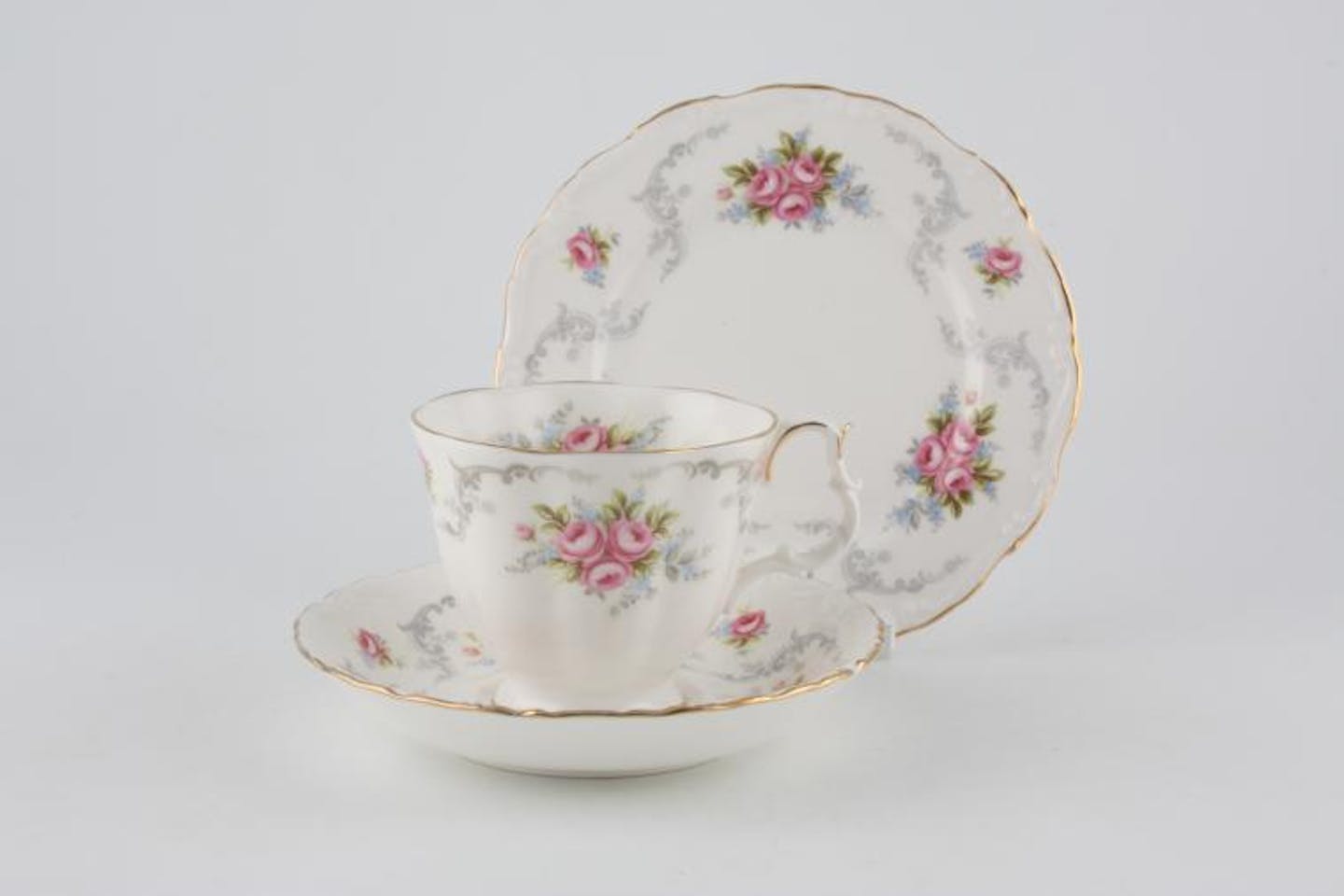
Royal Albert Tranquility
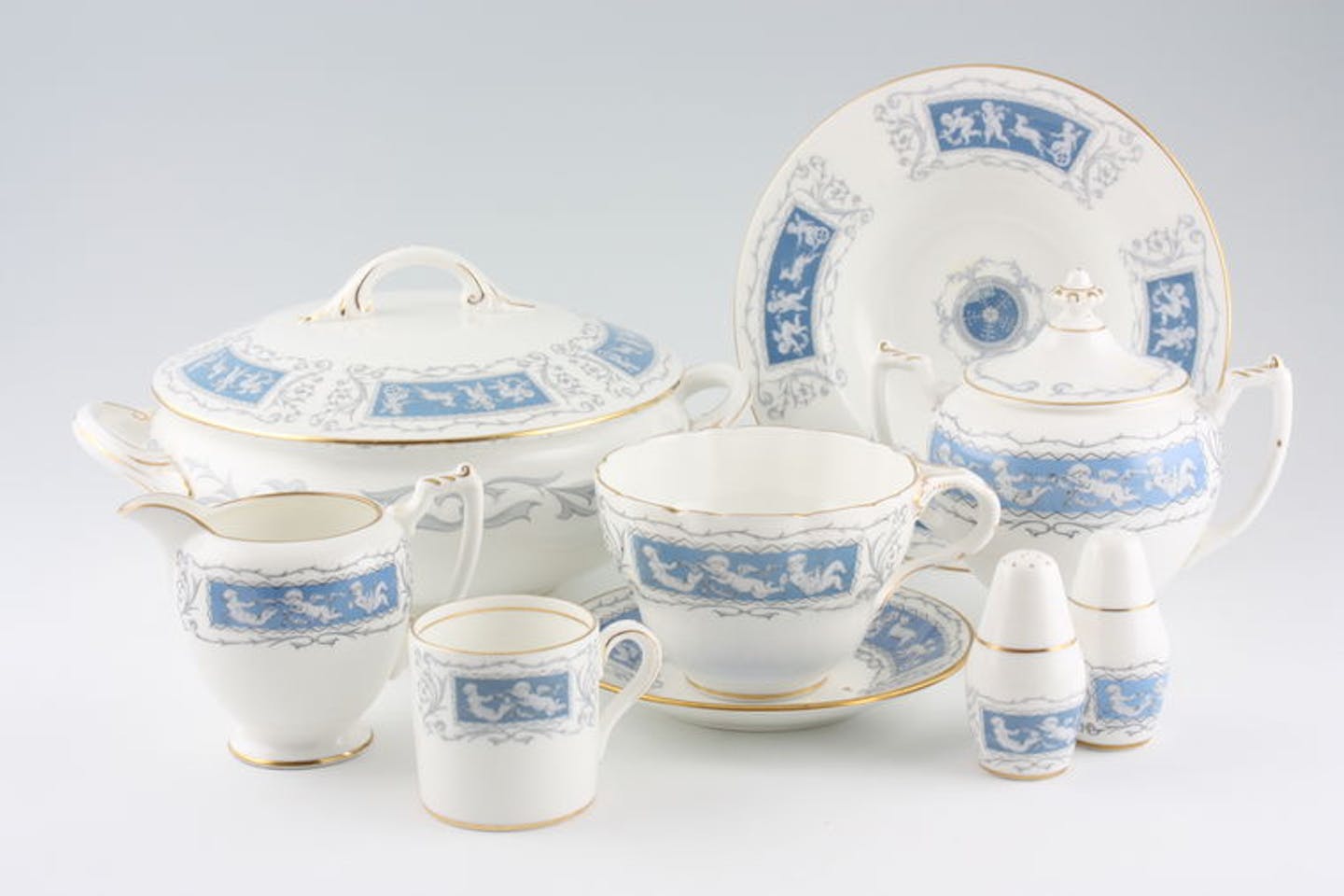
Coalport Revelry - Blue

Spode Fleur de Lys - Gold - Y8063

Modern-day bone china
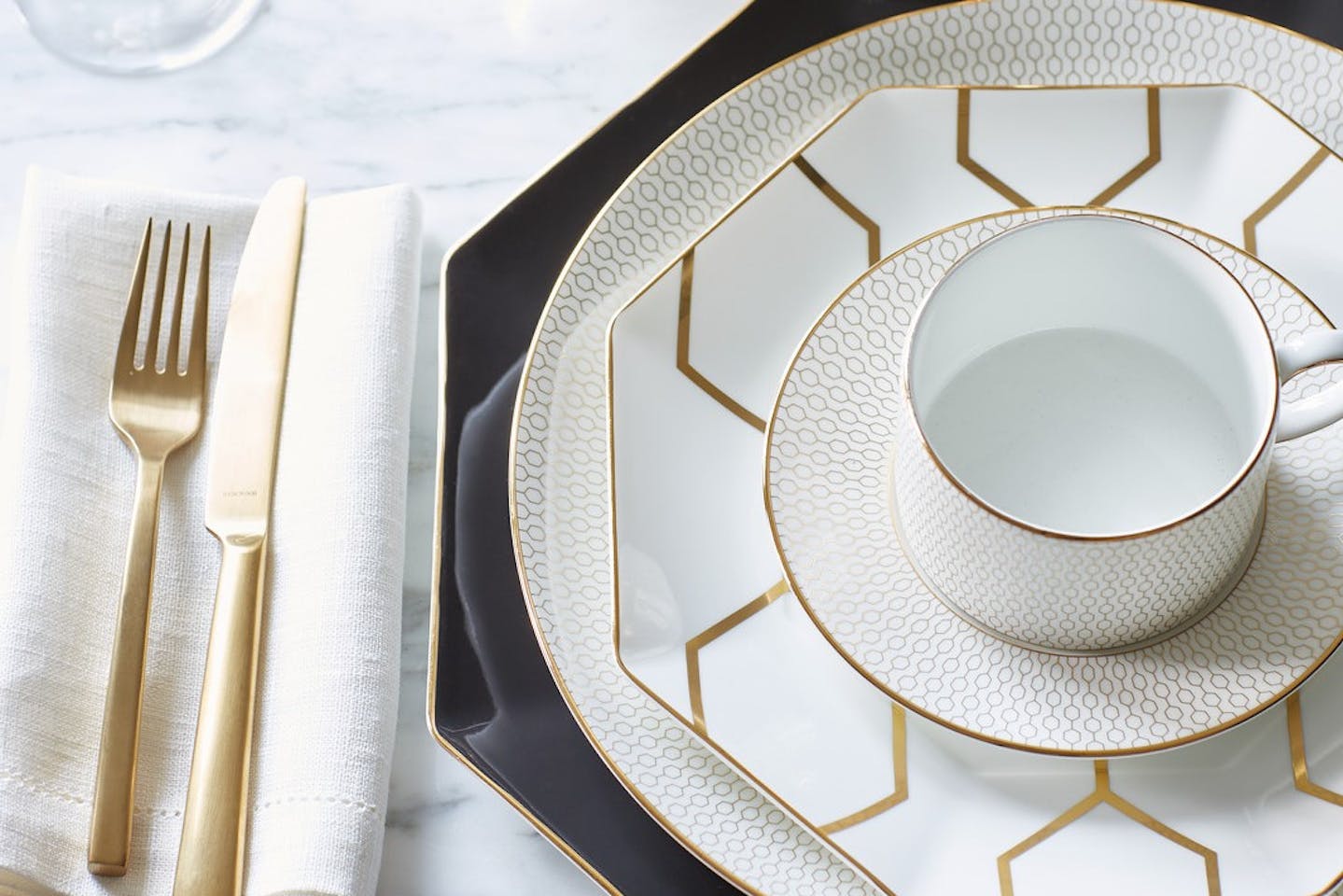
Wedgwood Gio Gold
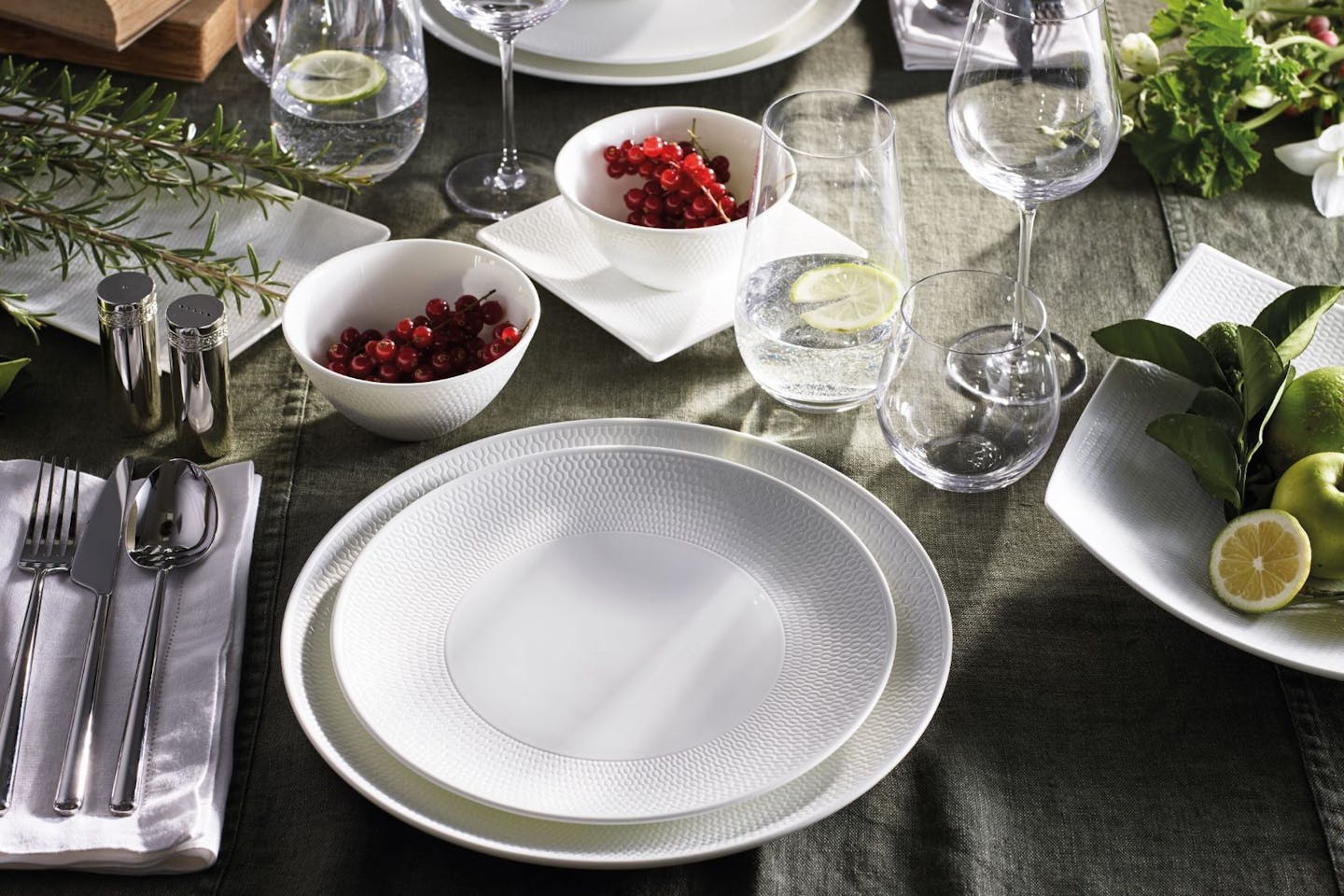
Wedgwood Gio
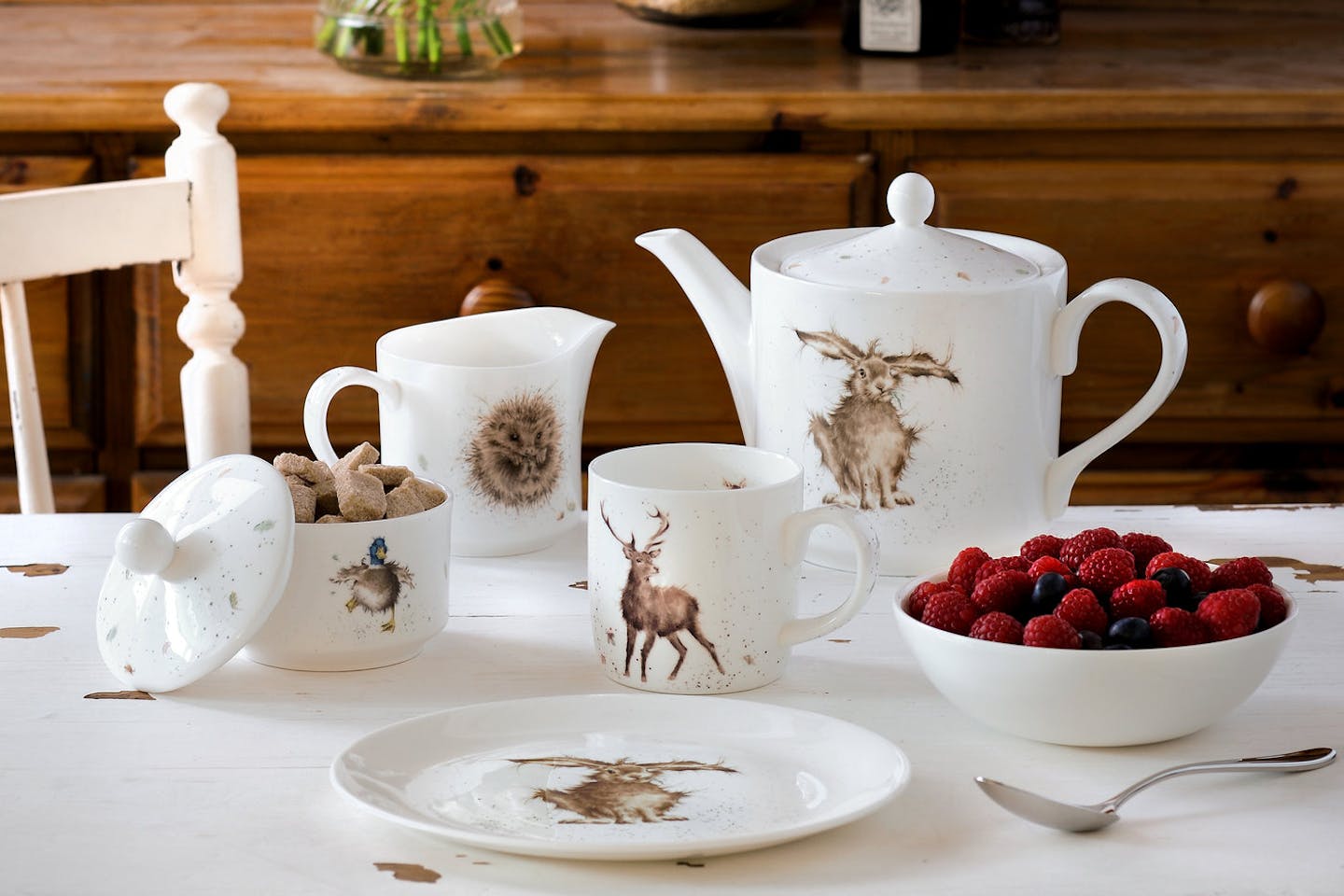
Royal Worcester Wrendale Designs
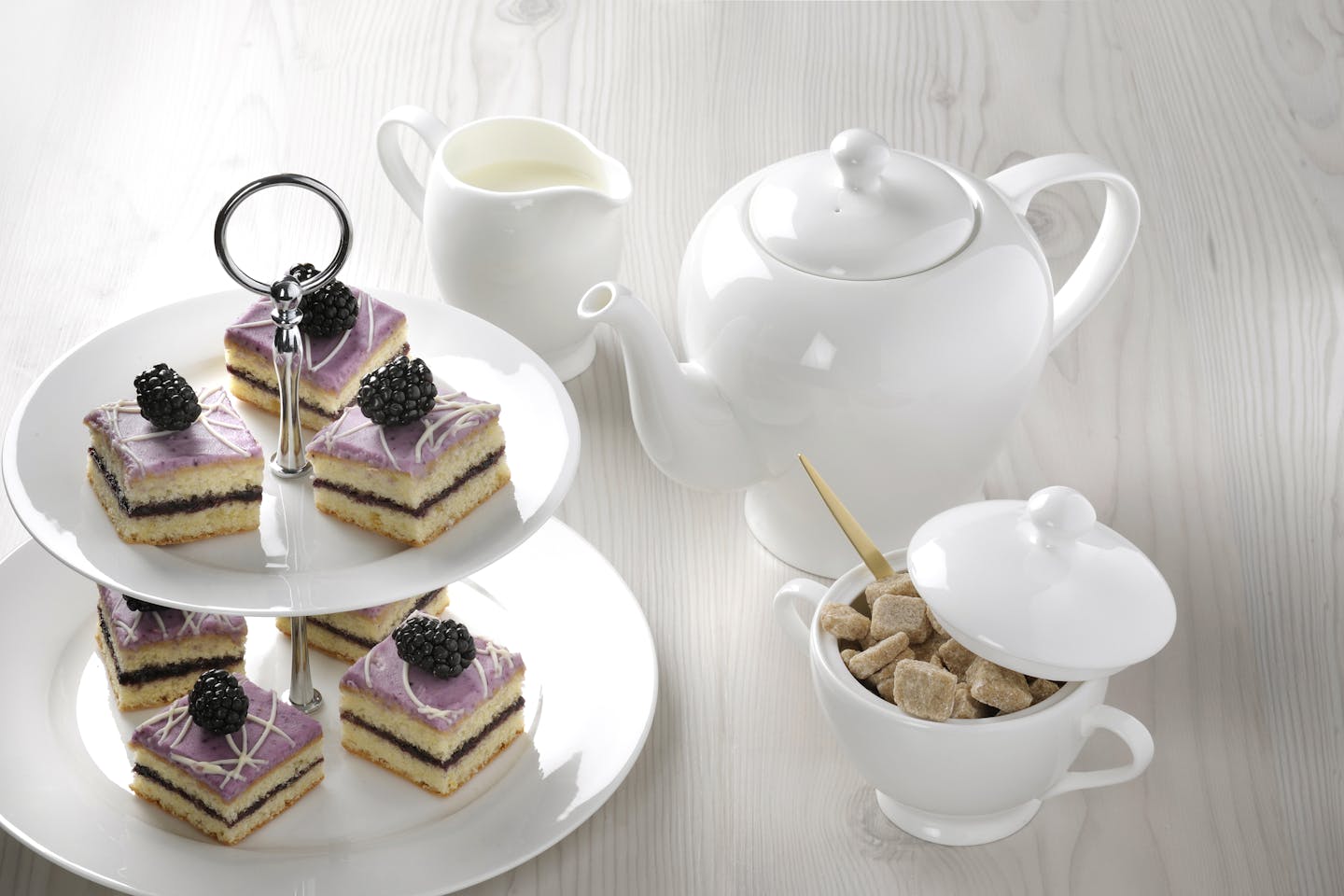
Royal Worcester Serendipity
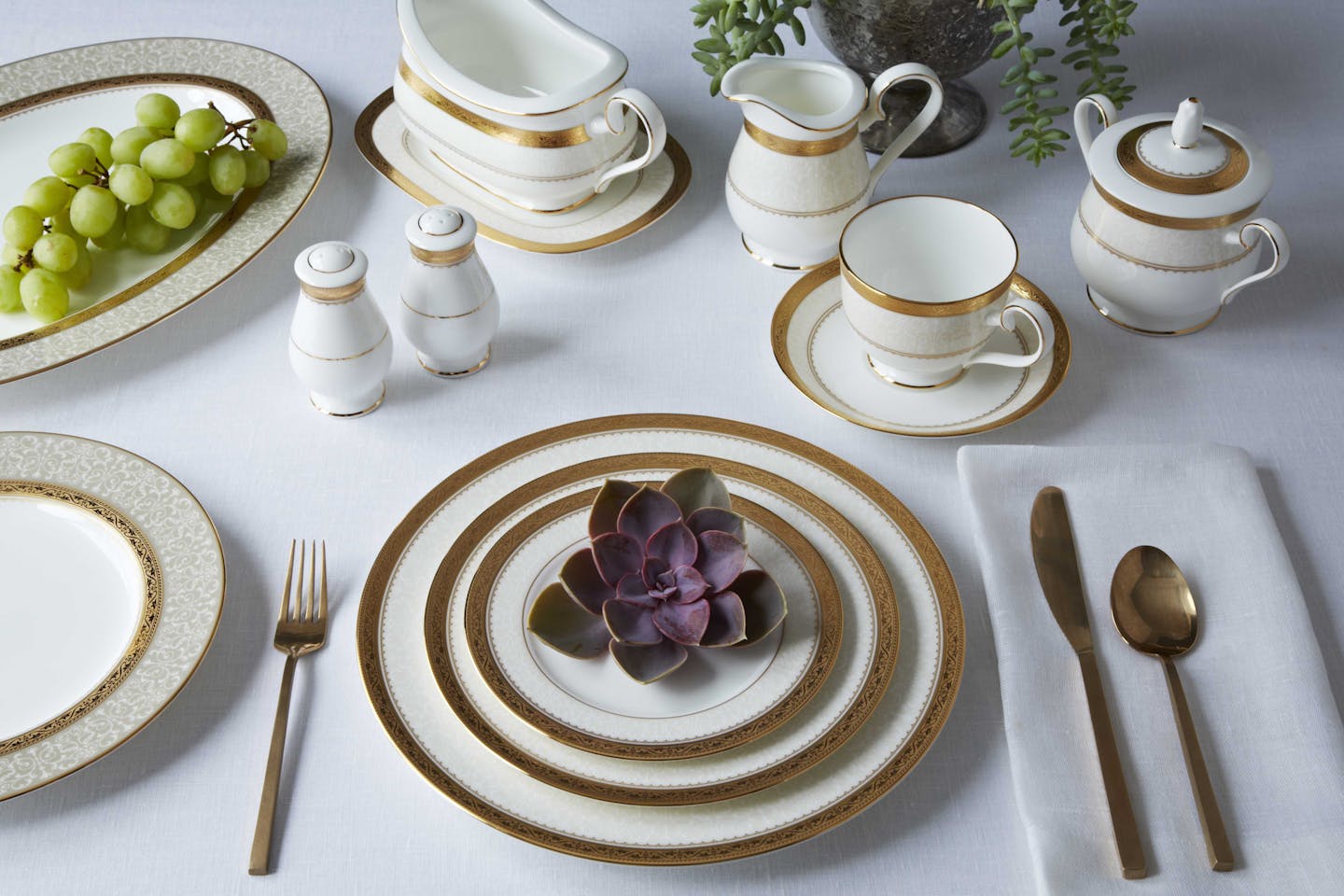
Noritake Odessa Gold
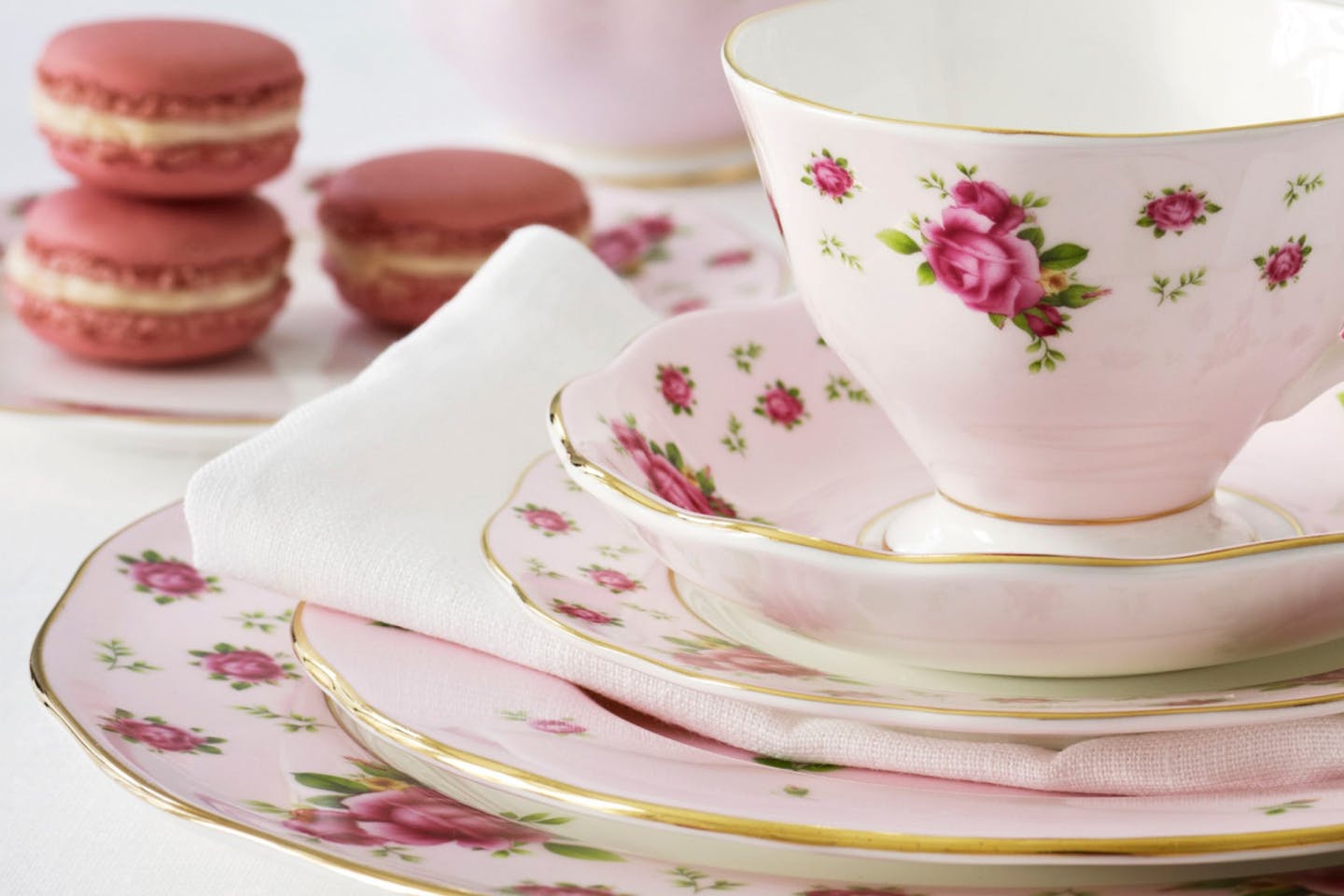
 GBP
GBP